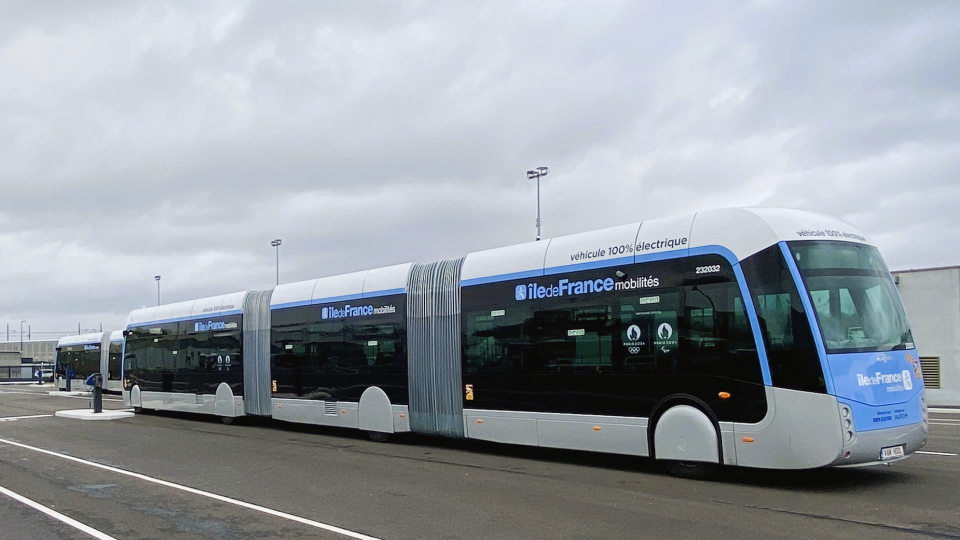Over 80% of bus passenger injuries arise from non-traffic incidents, study finds
A 34% reduction in fatalities in bus/coach crashes was observed in Europe over a decade, from 2010 to 2019. However, vulnerabilities persist, with pedestrians comprising 29% of affected road users. Data from Norway indicates a declining risk of injury to bus drivers in road accidents, aligning closely with car drivers’ profiles. Most strikingly, 80-85% of […]

A 34% reduction in fatalities in bus/coach crashes was observed in Europe over a decade, from 2010 to 2019. However, vulnerabilities persist, with pedestrians comprising 29% of affected road users.
Data from Norway indicates a declining risk of injury to bus drivers in road accidents, aligning closely with car drivers’ profiles. Most strikingly, 80-85% of bus passenger injuries arise from non-traffic incidents.
A recent report by the Norwegian Institute of Transport Economics (TOI), presented at Busworld 2023 in Brussels, sheds light on the state of traffic safety in bus transport across Norway and Europe.
TOI report just presented
The study, encompassing a decade of data, offers essential findings that pinpoint the challenges and opportunities for enhancing safety in this vital sector.
One of the most promising outcomes highlighted in the report is the substantial decrease in fatalities associated with bus and coach crashes in Europe between 2010 and 2019, indicating a remarkable 34% reduction.
The study underscores the fact that bus accidents pose a considerable risk to vulnerable road users, with pedestrians being the hardest hit at 29%.
Moreover, Norwegian data reveals a declining risk of injury to bus drivers involved in road accidents over time. Interestingly, the study points out that bus drivers face a risk profile similar to that of car drivers but higher than that of bus passengers. This underlines the need for measures aimed at safeguarding those behind the wheel.
The majority of injuries to bus passengers do not stem from traffic accidents
A striking revelation from the report is that the majority of injuries to bus passengers do not stem from traffic accidents but rather from events that occur on board buses or during boarding and disembarking. In fact, these non-traffic incidents constitute a significant 80-85% of all injuries.
This finding underscores the importance of addressing safety not only on the road but also within the buses themselves.
The study, encompassing a decade of data, offers essential findings that pinpoint the challenges and opportunities for enhancing safety in this vital sector.
One of the most promising outcomes highlighted in the report is the substantial decrease in fatalities associated with bus and coach crashes in Europe between 2010 and 2019, indicating a remarkable 34% reduction.
The study underscores the fact that bus accidents pose a considerable risk to vulnerable road users, with pedestrians being the hardest hit at 29%.
Moreover, Norwegian data reveals a declining risk of injury to bus drivers involved in road accidents over time. Interestingly, the study points out that bus drivers face a risk profile similar to that of car drivers but higher than that of bus passengers. This underlines the need for measures aimed at safeguarding those behind the wheel.
A striking revelation from the report is that the majority of injuries to bus passengers do not stem from traffic accidents but rather from events that occur on board buses or during boarding and disembarking. In fact, these non-traffic incidents constitute a significant 80-85% of all injuries.
This finding underscores the importance of addressing safety not only on the road but also within the buses themselves.










